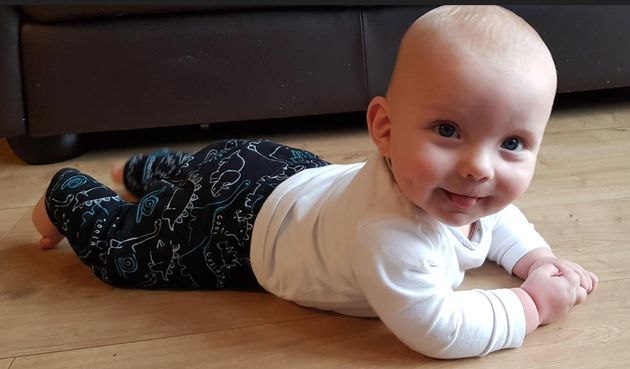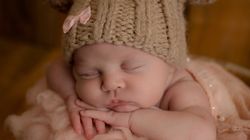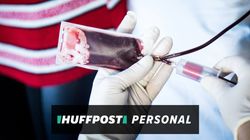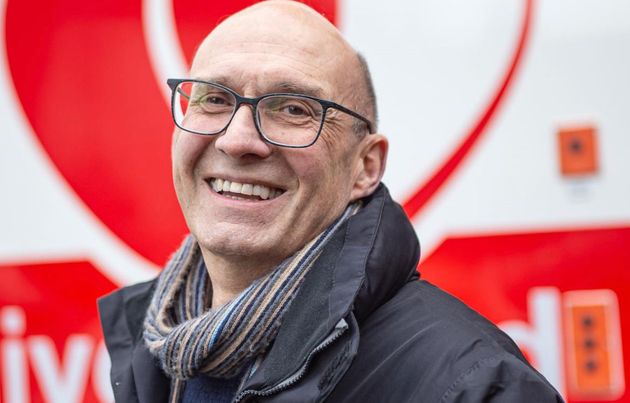
When Bob Downes spies parents cradling tiny newborns, he feels a warm glow.
Downes, 63, who lives near Hull, has been named by NHS Blood and Transplant as the most prolific ‘neonatal-eligible’ donor this century. The married father-of-two has just made his 75th donation in 20 years. No other donor whose blood can be transfused to newborn babies has given more in that time.
Blood used for lifesaving exchange transfusions to babies in neonatal units needs to come from male donors who are O negative and CMV negative – meaning their blood has tested negative for antibodies for a flu-like virus most adults are exposed to during their lives.
This virus can be fatal for babies and by the age of 40, around 85% of adults have been exposed to it, which is why CMV negative donors are so important.
The exact number of babies Downes has helped is unknown, as each donation used for newborns is split into six small units, but NHS Blood and Transplant estimate his blood may have been transfused into 450 babies.
“That’s a really staggering thing to be told,” Downes admits to HuffPost UK. “Babies are so tiny and fragile and knowing I have helped give them a start in life makes me feel warm inside.”

Downes, a retired geography teacher, first began donating in the late 1990s when his mother-in-law needed a large number of blood transfusions during treatment for leukaemia. “My wife and I were staggered by how much blood she needed so we felt we should become blood donors to help others.”
He then discovered he had O negative blood, part of the 8% of the population who do, often referred to as “universal donors” as anyone can receive their blood and it is vital in emergencies when a patient’s blood type is unknown. It is also the safest blood for transfusions for immune-deficient newborns.
Figures show that during 2019, for every 100 women who began donating blood, only 70 men did the same – just 41% of new donors last year were men. This is a cause for concern because not only because men have higher iron levels but because women produce antibodies during pregnancy that are part of the body’s defence system and make some transfusions more difficult.
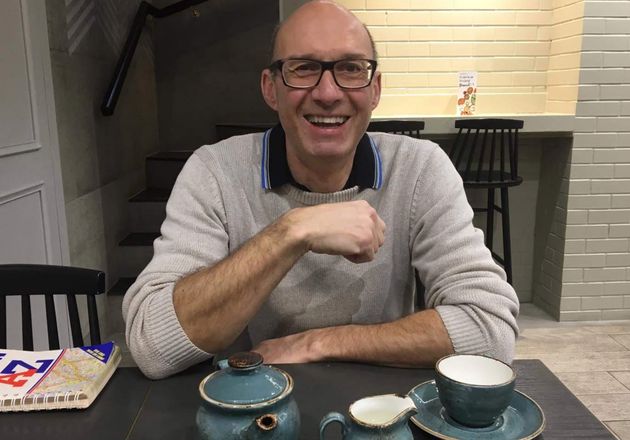
Only men’s blood can be used for some specialist transfusions, including neonatal exchange tranfusions, and blood products – such as fresh frozen plasma, which contains clotting proteins used for patients with massive blood loss and those with rare diseases. Male blood is also preferred for tranfusions where the baby is still in the womb.
Men also provide 93% of platelets – part of the body’s clotting system – and more than 50% of these platelets go to people with cancer to reduce internal bleeding.
This is why NHS Blood and Transplant (NHSBT) is urging more young men to start donating in 2020. Mike Shredder, head of donor recruitment, told HuffPost UK: “All our donors are amazing. But we need more than 68,000 men to start donating blood this year. Men’s blood can be used in extraordinary, lifesaving ways, but we don’t have enough new male donors coming forward.”
It’s a cause that Downes actively supports. “It’s a lovely feeling knowing your blood is going to babies,” he says. “But to be honest, knowing your donation is helping anyone, whether they are nine days old or 90, it doesn’t matter. The important thing is it is helping someone.”
HuffPost UK spoke to three different people who have had their lives changed by blood donors who appreciate the importance of people giving blood.
‘Until you are personally affected, you don’t fully appreciate how valuable blood is’
When 11-year-old Tai Carter started getting nosebleeds, his parents weren’t unduly concerned. But one weekend in September 2018, Tai had a bleed that wouldn’t stop and the family, who live in Rayne, Essex, ended up in hospital.
Doctors carried out tests and found Tai’s blood levels were very low. He had his first blood and platelet transfusion that night. The family were warned it was something serious – leukaemia was suspected – and Tai was referred to a specialist hospital for further tests where he was diagnosed with aplastic anaemia, a form of bone marrow failure. Over the next three months, Tai received 15 units of red blood and 20 units of platelets.
His mum Amy is clear: “Blood and platelet transfusions kept Tai alive.”
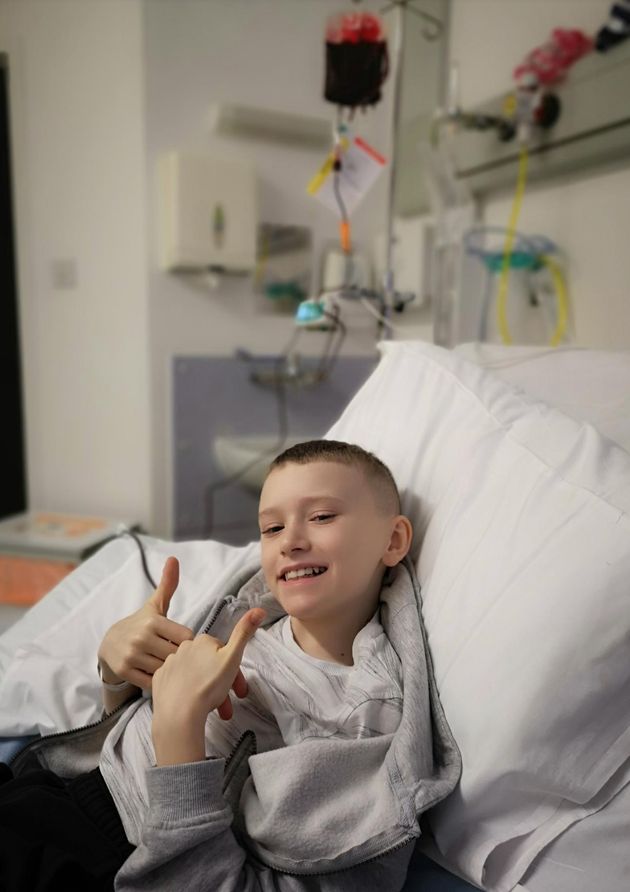
Tai received even more of them, when in January 2019, he underwent a bone marrow transplant. His younger brother Jayden, eight, was tested, but wasn’t a match but a German donor was found on the British Bone Marrow Registry.
After a period in isolation and a year’s recovery, Tai is now doing well and has just returned to school. In the same year he became ill, his 61-year-old grandad James completed his 100th blood donation. “I’ve always admired my dad for giving blood,” says Amy Carter. “But it’s not until you are personally affected that you fully appreciate how valuable blood is to everyone. It’s the generosity of people like my dad, the silent heroes, that kept my child alive.”
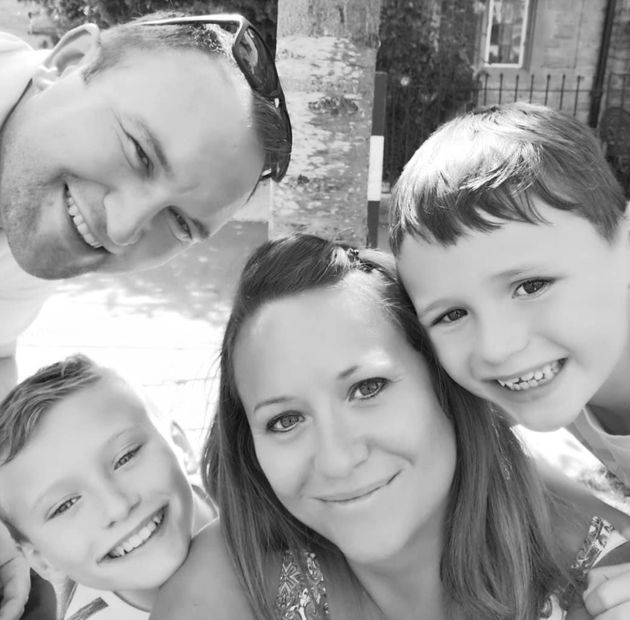
‘Blood donors have no idea they are superheroes’
Kaitlyn Davis was three when she was diagnosed with Stage 4 cancer and given a 30% chance of survival. Her mum Kate Holgate, from Hertfordshire, first spotted the signs when her daughter started school at an earlier age. “She absolutely loved school and was ready for it. But then I noticed she was getting very tired and the school told me she wasn’t playing.”
Holgate thought the longer days were to blame but when Kaitlyn developed a limp and high temperature, her daughter was referred for a MRI scan and doctors found tumours in her brain and throughout her body, including her legs.
She was diagnosed with a neuroblastoma in her stomach – the most common cancer under the age of five, affecting around 100 children each year in the UK.
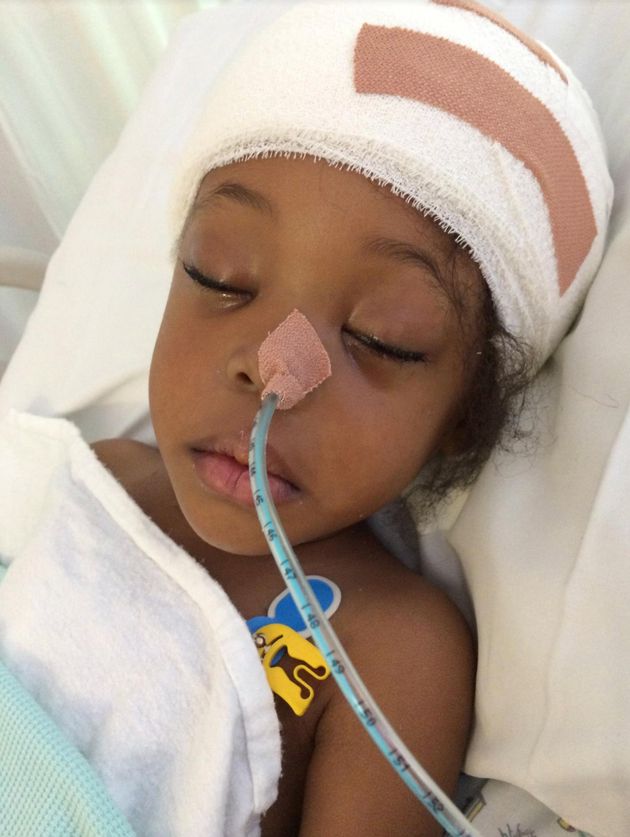
“I was devastated and torn to bits,” Holgate tells HuffPost UK. Kaitlyn’s intensive treatment included radiotherapy and high dose chemotherapy and immunotherapy. She had 20 blood and 50 platelet transfusions because her bone marrow was damaged by both the cancer and the immunotherapy.
“You could always tell when she needed the transfusions,” recalls Holgate. “My little princess would turn pale, her energy would go down and life would just sap out of her. Once she had a transfusion, she had a whole new lease of life.”
That was late 2014. Kaitlyn has now been free from cancer for four years, but Holgate says her daughter is only here today because of people she will never meet: “Blood donors are lifesavers – complete strangers who are not affiliated with your family or situation and have no idea who their blood is going to. They are superheroes who have no idea they are heroes.”
When Kaitlyn finished treatment, Holgate was inspired to become a donor herself, and learned she has a Ro blood subtype, seen in only 2% of donors and crucial in helping Black people with the life-threatening sickle cell disease.
“When I discovered I had this rare blood type, it gave me a sense of responsibility,” said Holgate. “I knew I wanted to return the favour that people who didn’t know my family did for my daughter.”
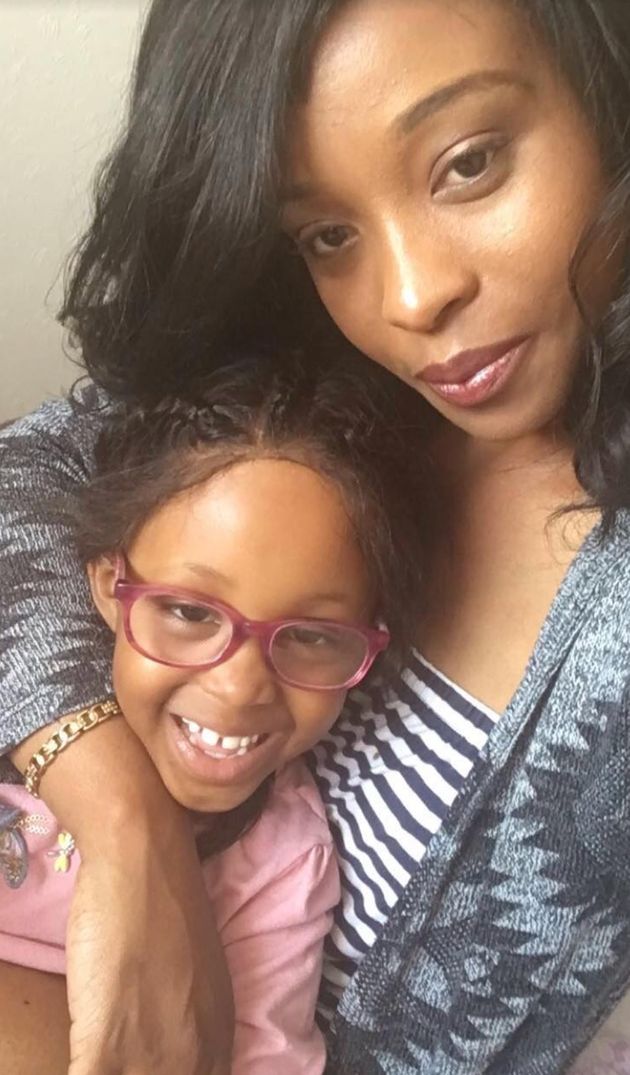
‘You take it granted – at no point did I question there wouldn’t be blood for my baby’
Primary school teacher Steph Davis from Hampshire gave birth to Aiden in April. It was a normal birth and everything seemed fine, but when Aiden had his usual blood tests, doctors discovered he was at high risk of jaundice.
His skin quickly turned yellow and further investigations revealed that his mum’s cells had crossed the placenta and reacted against his own blood, destroying his red cells. He needed a lifesaving transfusion.
“Aiden was born with these battles going on in his blood,” explains Davis, who is married to Brendon and also has a four-year-old daughter. “I have rhesus negative blood and somewhere along the line, my blood had crossed the placenta causing my blood to create antibodies fighting Aiden’s blood.”

The only way Aiden could survive was with a full blood exchange, a long process involving a tiny bit of blood going in and out of the baby at a time.
“I felt shocked, panicked, worried, numb and helpless,” says Davis of the day-long process. “Aiden was newborn and I’d only held him a couple of times and suddenly, I was told this was the only way to save him. It was extremely traumatic. All you can do is put your trust in the experts’ hands.”
The treatment included phototherapy and Aiden also had a top up transfusion a few weeks later. “You take it for granted there will be blood there and that it will be compatible for your needs,” says his mum. Her son is now nine-months-old and doing well, although he is being monitored with regular tests to check his development.
“At no point did I question there wouldn’t be blood for my baby. And if it hadn’t been there, we wouldn’t have Aiden now. We will forever be grateful to the complete strangers who donated blood and saved our baby’s life.”
• Find out more information about being a blood donor at www.blood.co.uk
